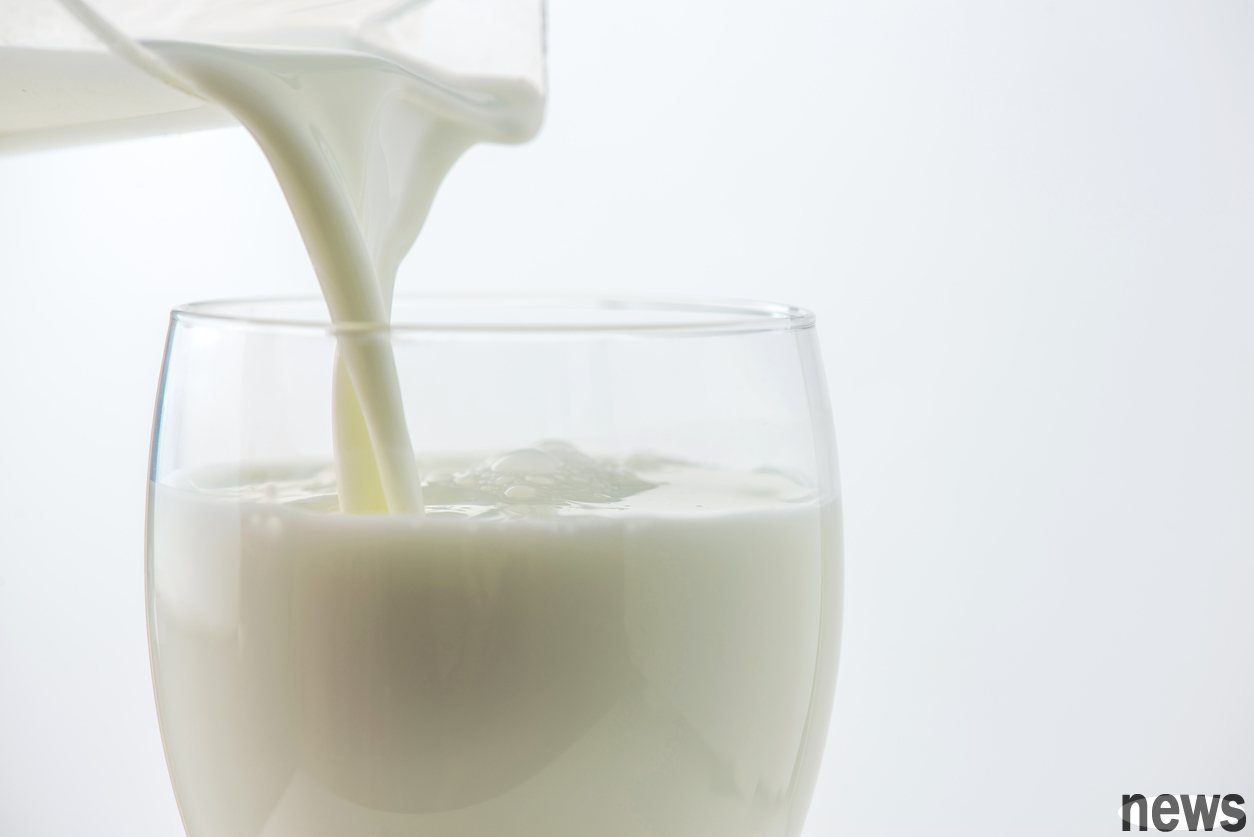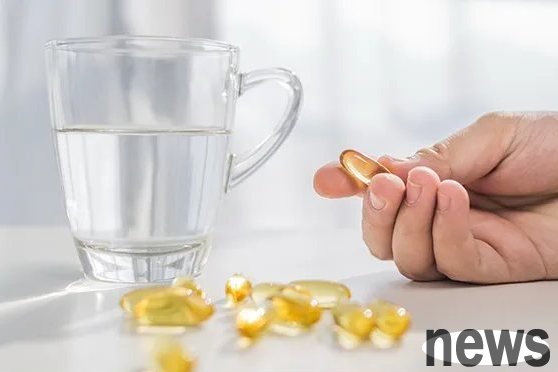What is the film after the milk is heated? Can I eat it? 2 tips to help you reduce milk skin production

Comes with a cup of hot milk is a suitable drink for a mild weather. In addition to drinking directly, you can also add sugar or honey, or mix it with coffee. However, have you ever encountered the phenomenon of a thin film floating on the surface when heating milk? In fact, some small tricks can prevent the production of films.
Where does the film of hot milk come from?In fact, the thin film on the surface of hot milk can also be called the skin film or milk skin, from the protein and fat contained in the milk.
Since proteins solidify after heating, a membrane will be produced when the milk is heated. It is worth noting that the higher the heat temperature, the thicker the membrane will be.
Although protein membranes are not harmful to humans, and from a nutritional perspective, eating them is better.
However, for those who do not like the taste of the film, it is recommended to take measures before heating to avoid the production of the film, which will help you absorb the nutrients in milk more efficiently.
One of the methods is to heat the milk not too intense, or even boil it, and heat it as much as possible by water-retaining it, and stirring continuously to reduce the formation of the film.
A simpler way is to add a spoonful of sugar to the milk and stir evenly, then heat it with a microwave.
The reason is that sugar has the effect of increasing the protein solidification temperature. Even if it is heated, the process of protein solidification will become slower and the membrane will not be easily formed.
What are the benefits of drinking milk?Drinking milk is a simple and efficient way to collect various vitamins and minerals. It is particularly rich in calcium and protein, which are key elements in healthy diets. In addition, milk also includes:
.邂. Phosphorus
. Drill
.光
. Vitamin A
. Vitamin B12
. Vitamin K2




